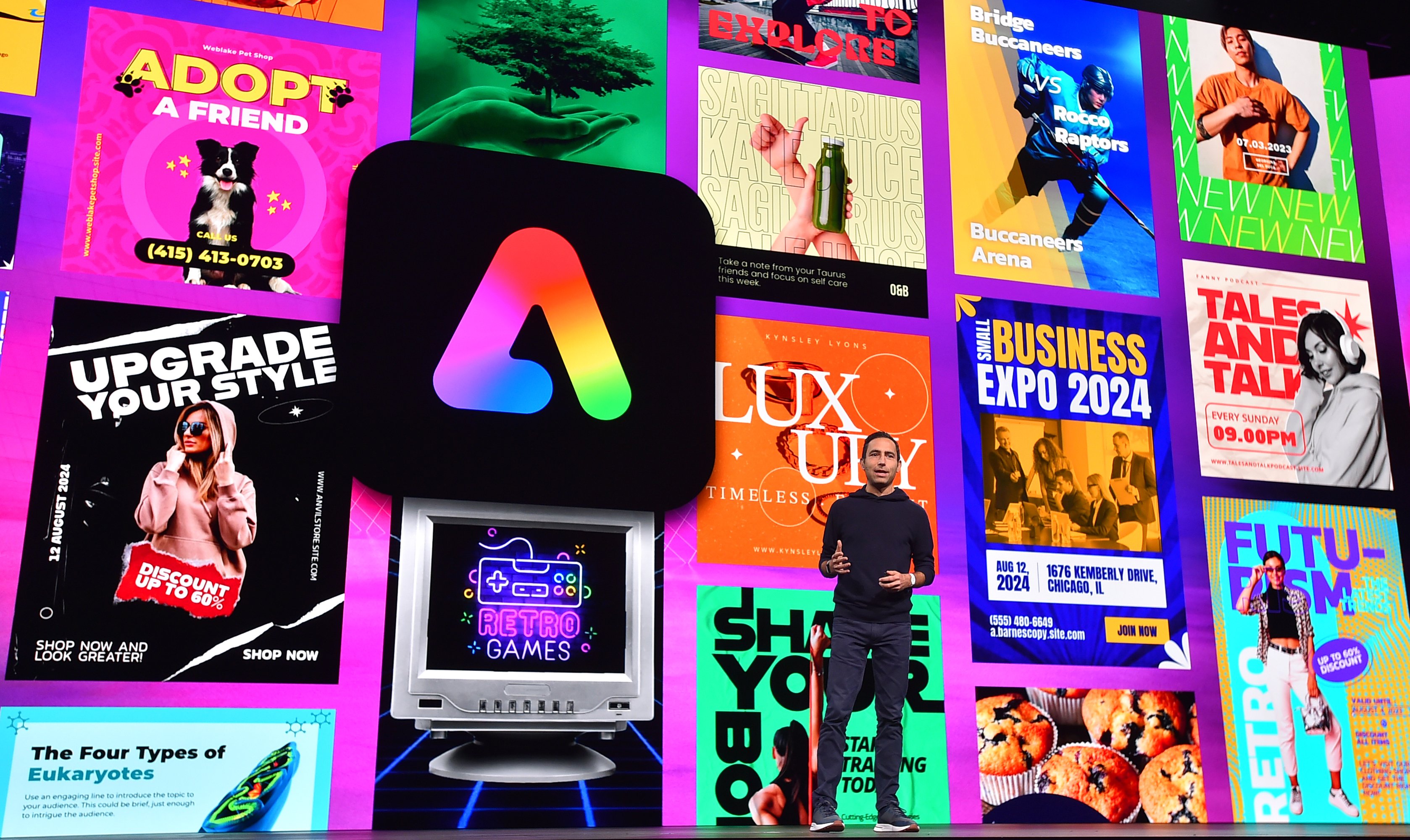Adobe (ADBE 1.40%) has been a stalwart software company for a long time. It was one of the first to transition to a subscription model, a practice that nearly every software company has adopted. Now, the company finds itself at the crossroads of another monumental shift: generative artificial intelligence (AI).
Recently, the stock tumbled about 10% after Adobe reported its latest financial results. So, is Adobe losing the generative AI race? Or is there something else going on here?
Adobe's generative AI model is seeing heavy usage
Adobe's products are the industry standard in graphic design. Its design suite has multiple programs tailored to specific applications and can be purchased for a monthly fee.
However, with the rise of several generative AI models offering free picture generation, many investors are worried that Adobe could be in trouble. After all, it's hard to compete with free. But that's a short-sighted view. While some of these services may be free, eventually, they will need to charge a fee. The energy and data centers these services run on aren't free, and while they may be able to squeak by on ad revenue from their website now, this may not always be the case.

NASDAQ: ADBE
Key Data Points
When this happens, companies will likely still rely on Adobe's image-generative AI model, Firefly. Management is bullish on its Firefly AI model and has started integrating it into its various software programs. They've also seen massive use: 12 billion images have been generated with the model across its software suite.
Clearly, Adobe is one of the leaders in the image gen AI space, not one being disrupted. But why did the stock fall?
Q3 results were solid for Adobe
In Q3 of fiscal year 2024 (ending Aug. 30), Adobe posted revenue of $5.41 billion, up 11% year over year. That figure exceeded the $5.33 billion to $5.38 billion range management projected for the quarter, which is a great sign.
That story also holds true for Adobe's earnings-per-share (EPS) figure, as it posted earnings of $3.76 versus a $3.45 to $3.50 range. Usually, stocks don't fall if the narrative surrounding the business is on track and a company posts top- and bottom-line earnings beats.
The problem investors found with Adobe's results was its forward-looking guidance, which missed Wall Street expectations. Adobe projected $5.5 billion to $5.55 billion for Q4, while Wall Street was looking for about $5.61 billion. This would indicate 8.9% to 9.9% year-over-year growth, which may be a touch slow for some investors. However, Adobe's management has a history of slightly under-projecting growth, so it can beat its forecasts each quarter. If management did that here, then it could achieve the range that Wall Street wants.
So, it seems that the sell-off occurred for a silly reason, but is the stock in a buying range?
The stock is slightly cheaper than its historical averages
With a mature company like Adobe, looking at a valuation metric that accounts for earnings, like the price-to-earnings (P/E) ratio or forward P/E ratio, is smart.
ADBE PE Ratio data by YCharts
While Adobe isn't cheap in the general sense of these valuation metrics, it is slightly below its historical averages for both measures. As a result, I think Adobe is a stock investors can confidently buy here, as it has enough growth to continue outperforming the S&P 500 on a consistent basis.






